'Posted is better than perfect': Advice from the Wimbledon social team
I talked to the tennis tournament's social team about sharing 6,000 posts in six weeks, how the Overheard series actually works, and more.
Since we’re all watching tennis this week, it only felt right for this week’s interview to be a big debrief of Wimbledon’s social strategy. As a refresher, the team’s output this year was incredible. Just look at the numbers:
5,844 content posts (+9% YoY) on Wimbledon social channels throughout the six-week grass court season, including The Championships
144 million engagements (+26% YoY)
2.7 billion video views (+71% YoY)
2.3 million new followers (+12% YoY)
I caught up with Will Giles, Managing Editor of Digital Content at Wimbledon, and Cameron Prentice, Content Manager at Wimbledon, to reflect on their successful social sprint. (They are Link in Bio subscribers, I might add!)
Of course, we talk about how the popular Overheard videos come together—a series I investigated a few months back. I asked what I got right (and wrong) about it, and they even shared a photo of the filming set up. It’s awesome.
What really stood out to me in our conversation were the philosophies that fuel their work. Things like “posted is better than perfect”, “emotion over production”, and a unique content framework they use called “campfire, bonfire, firework”. The entire conversation got my gears turning. I hope you enjoy!
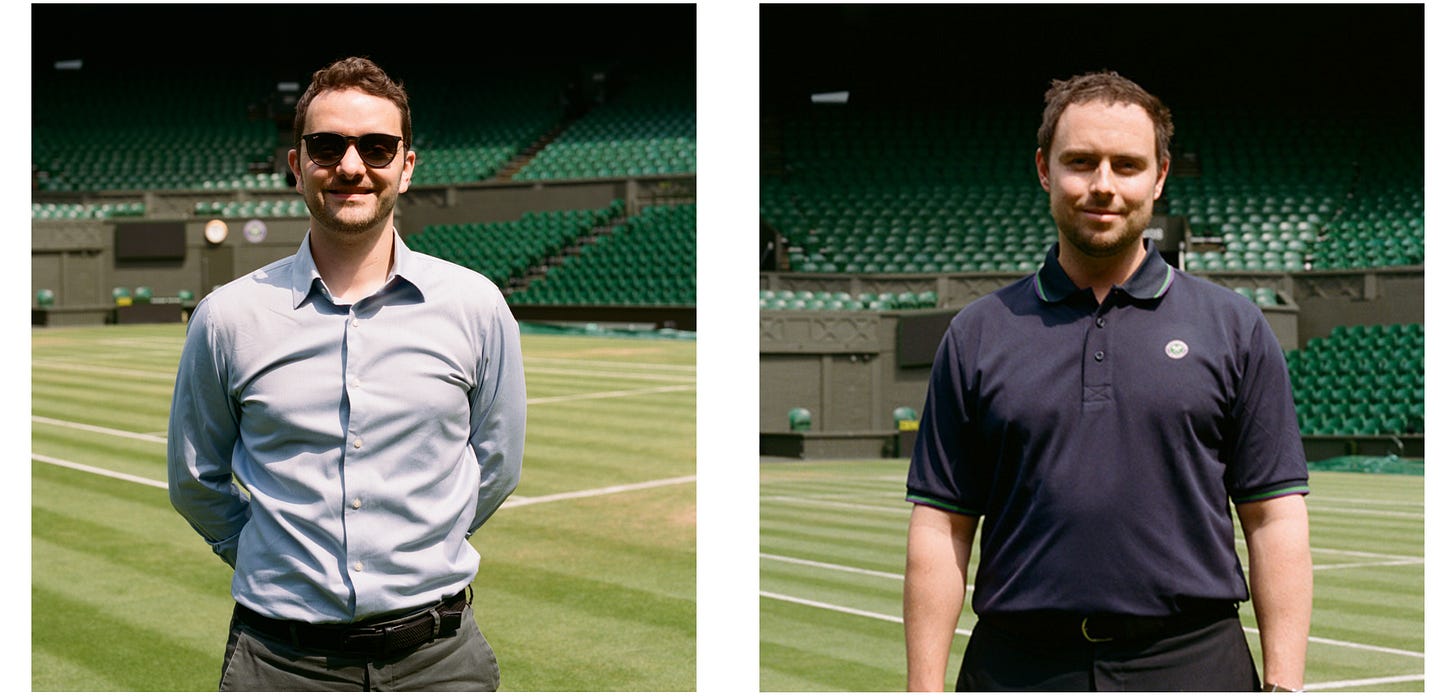
Rachel Karten: In a few sentences, how would you describe Wimbledon's approach to social media?
Will Giles: Wimbledon is a bucket list event for many, but one with a huge demand for tickets. As such, we previously positioned our social channels as “the next best thing to being here”, translating the on-site experience to digital.
But as the influence of social media has grown, our channels have naturally evolved and, like many other brands, they are now our “front door”. While we still rely on social to cover the on-court action and serve our core fanbase, it’s one of our most effective means of reaching new fans, particularly those who don’t already have an interest in Wimbledon, tennis, or even sport in general—and delivering content strands that makes Wimbledon feel relevant to them.
RK: How big is the Wimbledon social team?
Cameron Prentice: Year-round there are two of us as full time internal employees, with agency support for certain creative executions.
But given social media is our “front door”, there’s plenty of material that shows up on our channels that is the work of our wider marketing and commercial teams, and beyond.
RK: And how does that scale up during the tournament?
CP: We have approximately eight people who are specifically working full time during the tournament, publishing content to the platforms, coming up with captions, making edits, and so on.
But they are also powered by the wider content team which is also responsible for things like app output and the tournament program (it’s nice to work on non-digital projects sometimes!).
For example, we have two social videographers firing across vertical clips of goings-on around the Grounds, two videographers shooting high quality courtside content, a multitude of photographers capturing great imagery…so the social team have plenty of material to sift through!
RK: The tournament is 14 days long starting in late June. How long before the start do you begin posting about it?
WG: While the tournament itself is two weeks, we see ourselves as having a six-week window where we have a right to engage with people and show up in their feeds—the three weeks of the grass court tennis season before Wimbledon begins, the event itself, and then the week after.
That lead-up period is crucial as it provides us with an “on-ramp” where we can progressively build awareness before Wimbledon starts. We want to get off to a running start on Day One of the tournament and it helps that audiences will have already spent three weeks consuming Wimbledon content, and that the algorithms will in turn be serving up more of our output.
RK: And how far out do you start planning?
WG: We will do a thorough review of the previous tournament in late August/early September, identifying what worked well, what didn’t, what was left on the table, etc. and get an initial sense of what we want to achieve the following year, over and above our business as usual content.
We will then start to formalize plans in February (so about five months out) with various ideation and planning meetings that increase in frequency the closer we get to the tournament. Equally, a lot of our best-performing content during the tournament is entirely reactive, so we ensure we have members of the team who have the capacity to creatively elevate storylines as and when they emerge.
I’m sure many of your readers would love that sort of planning time but, on the flipside, as an annual event we don’t get the benefits of constant testing-and-learning, and we often have to leave headroom to react to the ever-changing world of social media—I’ve lost count of the number of times a new social platform feature has launched on the eve of the tournament!
RK: A lot of people on the internet have had a lot of fun breaking down the content buckets and themes on the Wimbledon social accounts. Is there a content framework your team uses?
WG: Yes, it’s genuinely fascinating to see so much external analysis of our operation! Sporting events kind of come with “pre-made” buckets—on-court moments, player storytelling, etc. Plus the nature of the Wimbledon Grounds provides us with plenty of horticultural themes to tap into.
In short, there’s a lot. We use a broader, three-tier framework when deciding where to dedicate resources and budget. We refer to these tiers as “campfire, bonfire, and firework”, which relate to the intended impact of different content strands.
The campfire tier sits at the bottom of this framework and refers to our bread and butter, high-frequency output that tends to be the lowest-lift to create (match highlights, for example). Perhaps perversely, this is the tier that looks after the numbers side of things, as it provides a consistent drumbeat of engagement, mostly with our established audiences that already have an affinity for Wimbledon and/or tennis.
Campfire content often massively overperforms in terms of resource vs output. For example, this post of Carlos Alcaraz catching a ball on his racket, which would have taken a matter of minutes to clip up and publish, ranked #2 for impressions out of all our Instagram posts during that six-week window. This sort of performance then provides the headroom for us to experiment elsewhere with strands that don’t need to deliver on targets in quite the same way.
Bonfire is a lower-frequency strand, but intended to start reaching beyond our existing communities by applying more intentional creative thought to elevate storylines. This could be a bespoke graphic design to hype up a particular match-up, for example.
Then the firework tier is low volume but high impact, focused on ‘big bang’ moments that can drive significant reach with new audiences but also drive activity off the social platforms themselves, whether that be migrating people to our owned platforms or just getting people talking about Wimbledon.
That’s obviously an ambitious set of goals but as mentioned, the previous tiers afford us the time to think more about how we deliver on them—a good example would be this Wimbledon-themed Rube Goldberg piece we created to kickstart this year’s tournament on social media.
RK: I obviously have to ask about the Overheard series. I wrote about it here. First, did I get any of the mechanics right?
CP: You did! How we created it is definitely one of our most-asked questions, and it always surprises me that people would think we recorded people without them knowing!
As you detailed, the mechanics themselves aren’t necessarily revolutionary, but the impact comes from the authenticity. To paraphrase Jamie Rowe, the producer for this series—he will spend a day on site (roughly nine hours), directing the pieces, which involves approaching potential people to include and getting them mic’d up if they want to participate. The camera operator will then get the shots from a distance, example below.
Jamie will then sit down the next day and watch through all the rushes and build out a final narrative that flows. A lot of work goes into ensuring the dialogue doesn’t feel forced and that the dynamics between the individuals included feel natural. There’s plenty that gets left on the cutting room floor!
WG: The Wimbledon Grounds just lend themselves well to this format too—the on-site experience is like one big garden party, so these sorts of conversations happen quite naturally.
RK: The Wimbledon Instagram grew by something like 1M followers over the course of the tournament. I think over 1,000 pieces of content went up on that platform alone. What advice do you have for other social teams that also are doing event coverage and need to operationalize a system to get lots of content up?
WG: If how we create Overheard at Wimbledon is our most asked question, this is definitely the second-most asked. First and foremost—there were 746 matches played during this year’s Championships, which translates to about 1,250 hours of tennis, so there’s plenty of material for us to work with! But there are a few key pieces of advice:
Have a plan of attack for your “known unknowns”. Events you know will take place, but maybe not the identities of the individuals involved—and how you can maximize their engagement potential. For us, this could be the first Centre Court match of the tournament, between the defending men’s champion and an unknown player.
Operate like a newsroom. For us, this means people are empowered to use their editorial and creative expertise to extend the impact of emerging narratives and make them work harder for us. To give an example, there was a running joke this year that Iga Swiatek loved the player towels and was taking them with her after matches—as she’s allowed to do! We leaned into this as the tournament progressed, but when she actually won Wimbledon we had the idea to embroider a personal towel for her and surprise her with it after the final, getting her reaction on camera. For me, this is where social media can come into its own and facilitate reactive ideas that can elevate storylines and drive further engagement.
Narrowed focus. While people are always given creative freedom and working as part of a wider team, it’s important in a condensed but high-volume time period that they have clearly-defined roles they can excel at, rather than be diluted across breadth of responsibilities. For example, we have at least one person dedicated to each main social platform, or two people solely working on quality control of match highlights. This leads to more—and better—output across all our digital touchpoints.
Trust. It sounds trite but any content strategy is only as good as the people executing it. We are fortunate that our operation is underpinned by an extremely solid relationship between us and our content agency Two Circles, with numerous other staff members joining our team year after year. We keep approvals to an absolute minimum during the tournament—particularly for “campfire” level content. It can be hard to relinquish control, but you simply can’t scale your output if you spend too much time reviewing.
Two of our guiding principles are “posted is better than perfect” and “emotion over production”. There will always be additional polish and production value you can add to a post, but if the hook is right, just get it out there and learn from how it’s received, rather than agonizing over execution.
That all said, we still operate a quality over quantity model. There probably is a lot more we could post but we don’t want to flood people’s feeds. Our post rate across all channels combined was up 9% last year (about 6,000 in total during the grass court season and tournament), but this resulted in a 61% YoY rise in impressions, and 26% for engagements.
RK: What's your favorite post that went up?
WG: I’ve seen plenty of other sporting brands do this, but it was fun to see how the players responded to our Question of the Day series, particularly during the relaxed environment of practice week before the tournament began.
CP: Another favorite was our repeatable split-screen videos pairing crowd reactions with player moments. An extra special version this year was Federer watching Djokovic. It merged celebrity and tennis, offering something for everyone, utilizing our high-quality courtside content capture with broadcast footage.
RK: What does social media success look like for Wimbledon?
WG: Beyond the core platform metrics like reach and engagement, the most rewarding thing is when our social media output helps drive real world behavior. This year’s tournament had record attendance levels, and I don’t think it’s a stretch to say the sense of FOMO that our social channels generate contributed to that demand.
While on their commute home on the underground, one member of our team also saw someone in the act of sharing an Overheard at Wimbledon episode with their WhatsApp group chat. That is, in a nutshell, what we are trying to achieve: building our relevancy with people and showing up authentically in their feeds.
Bonus!
I loved the content framework the Wimbledon team outlined above and attempted to synthesize it into a graphic.
Finally, there are some great new jobs on the Link in Bio Job Board. Senior Manager of Social Media at Puck, Brand Manager at goop kitchen, Social Media and Content Strategist at Armchair Expert Podcast, Lead Social Strategist at Every, and more.
If you enjoy free interviews like this one, you can upgrade to a paid Link in Bio subscription. You’ll get access to the very active Discord—which is kind of like group therapy for social media professionals.
It might even be an educational expense at your company! Here’s a template for you to use when asking your manager.



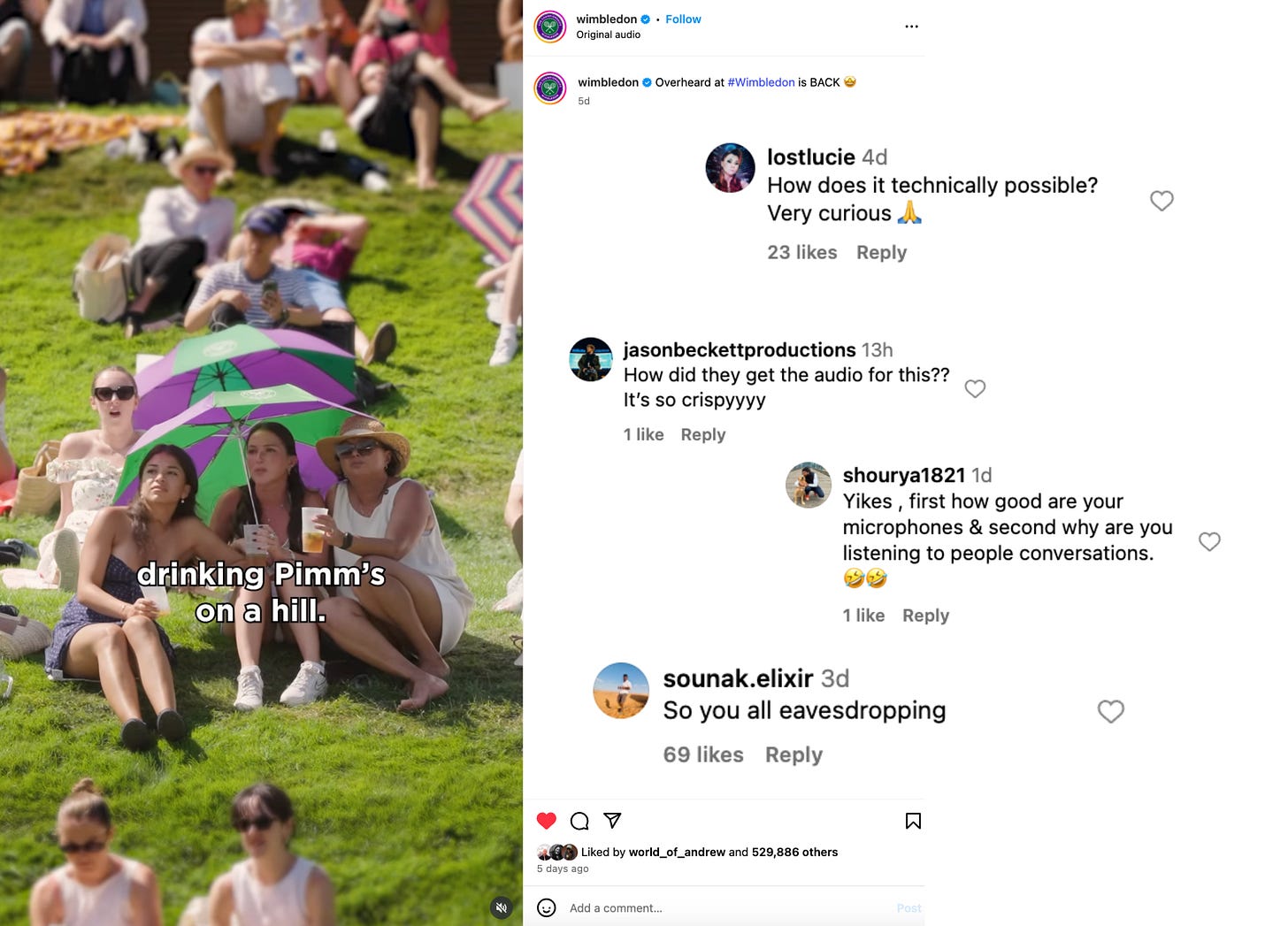


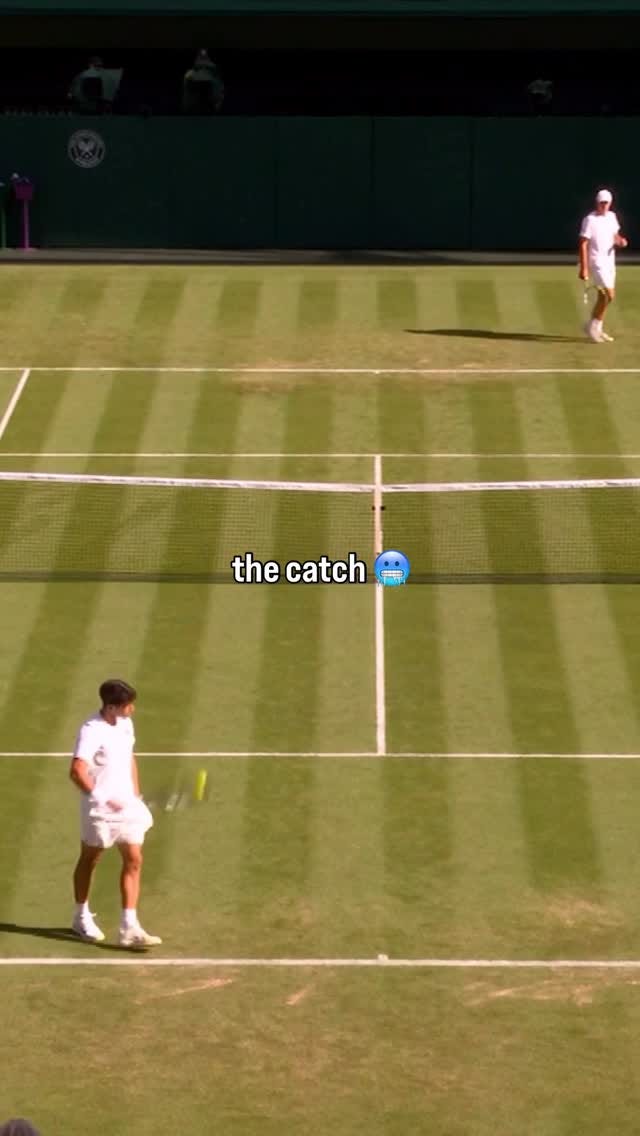
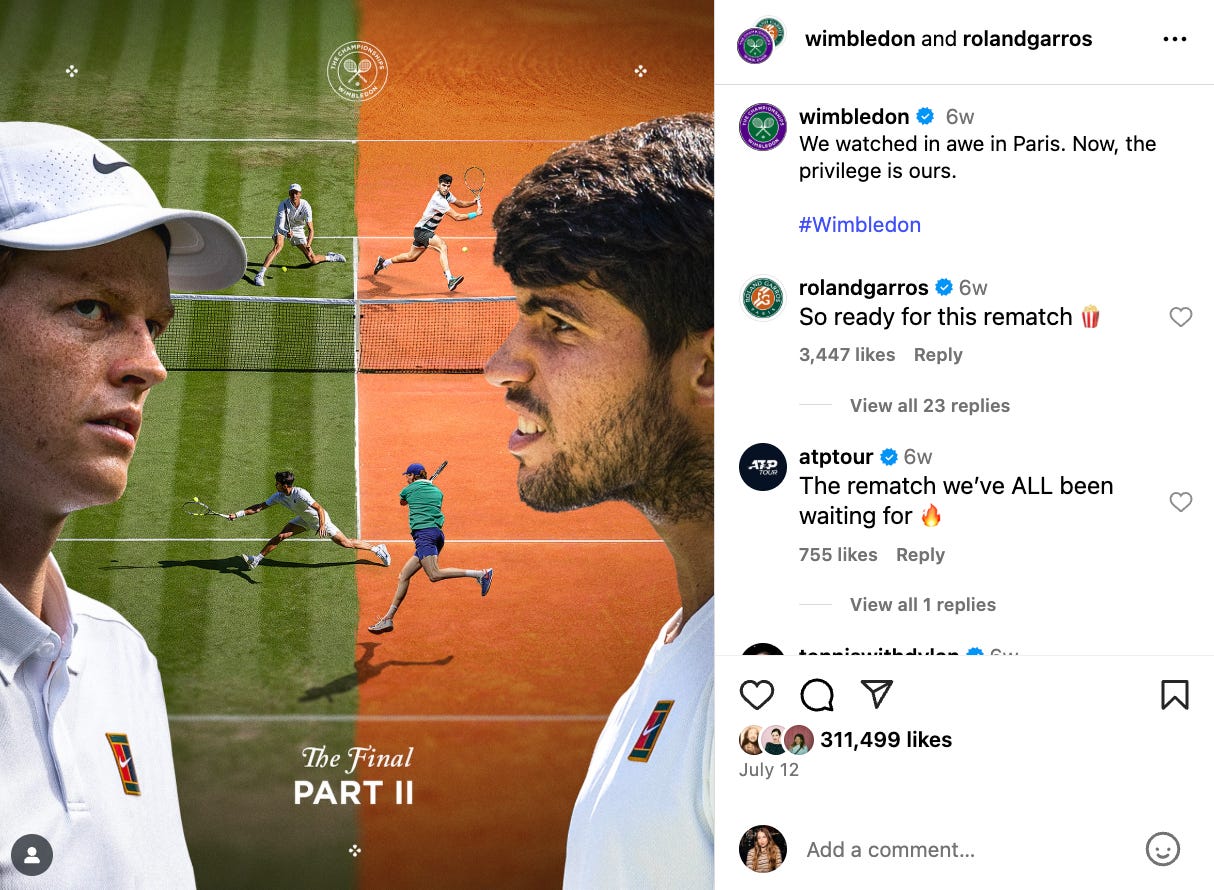
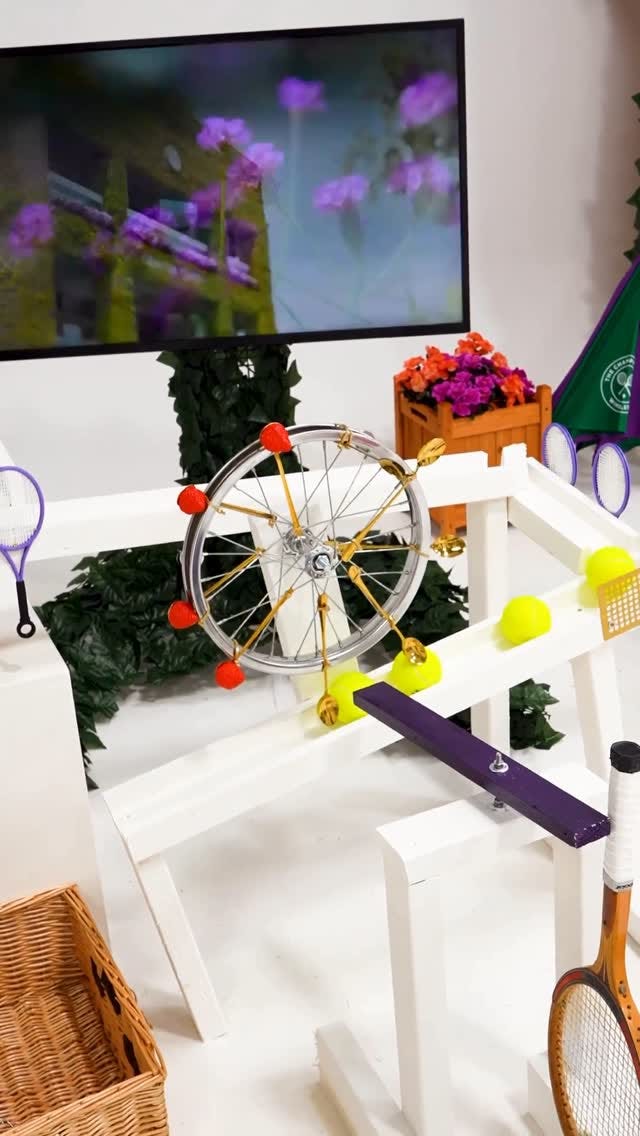

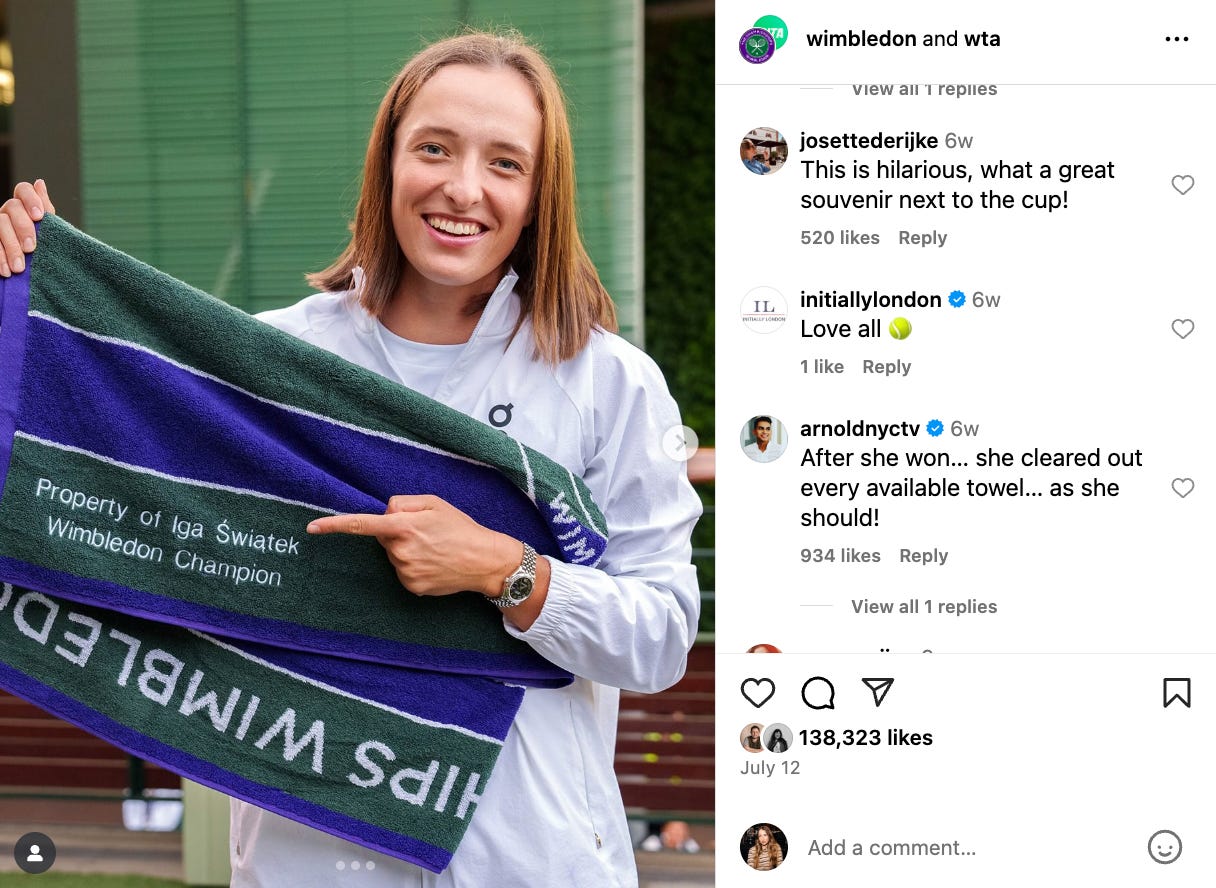
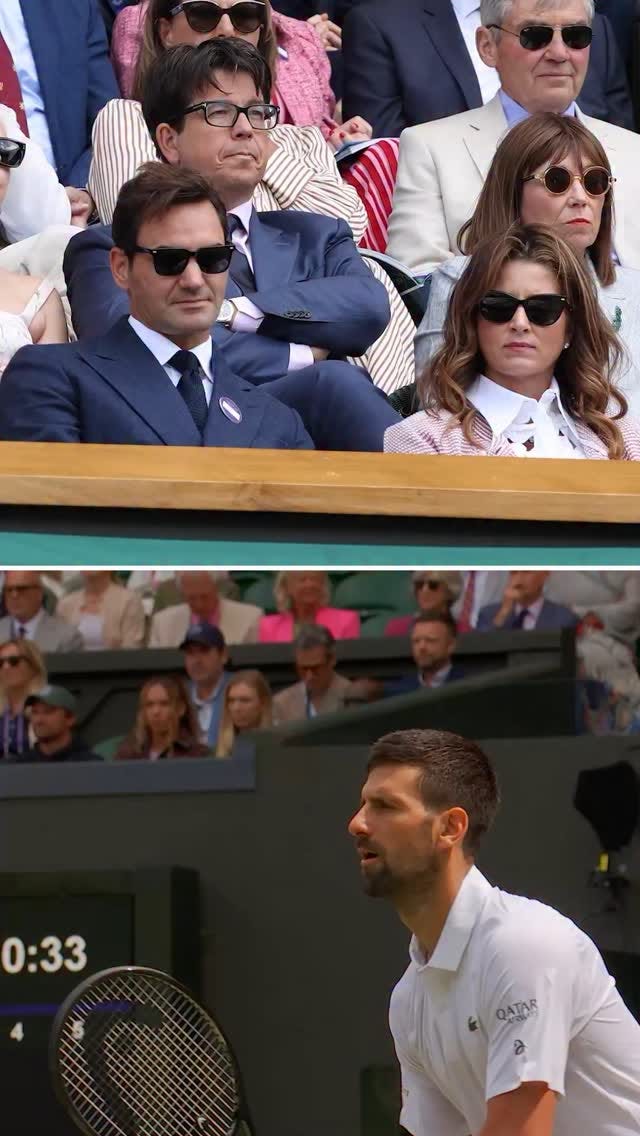
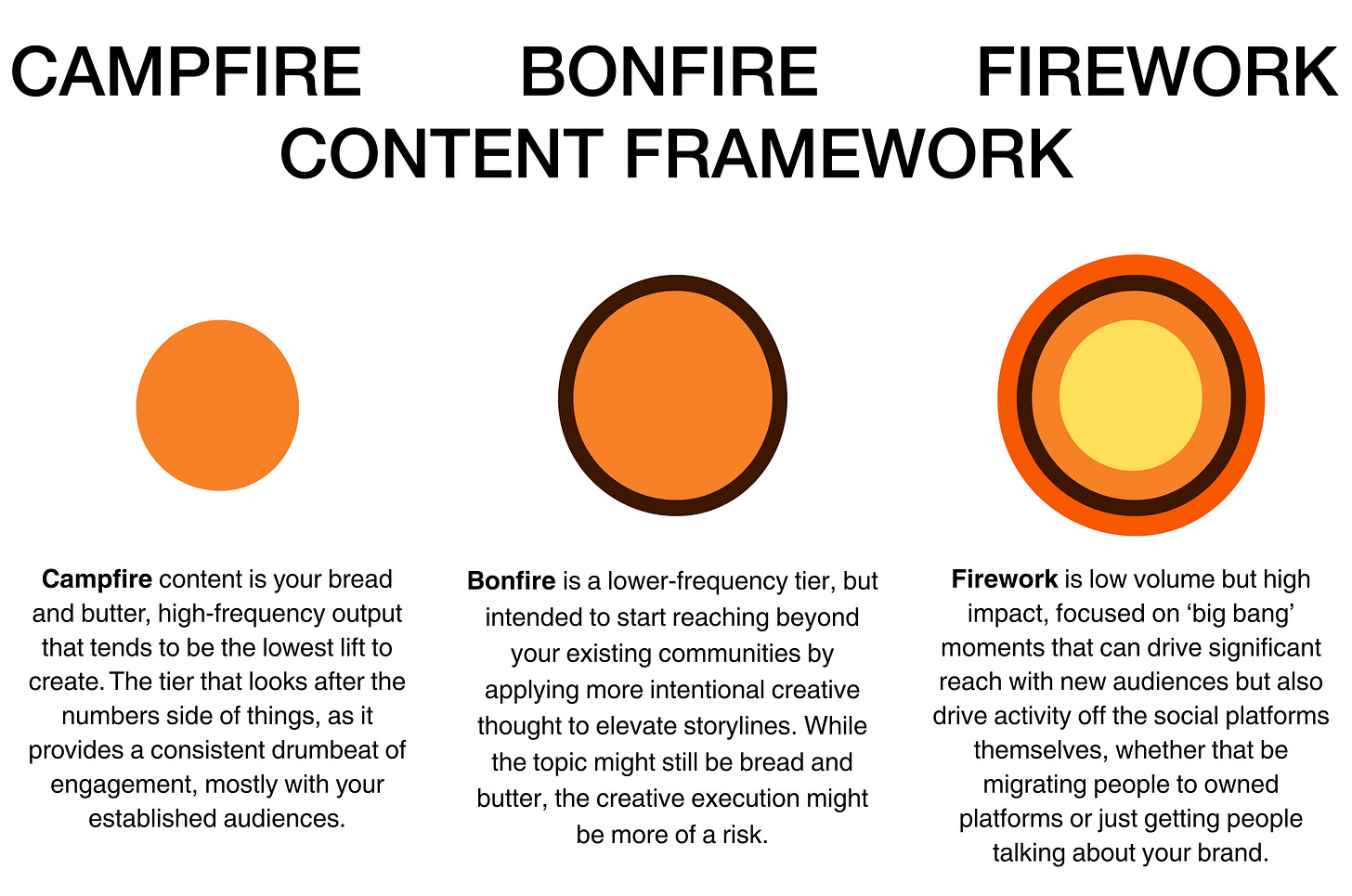
Campfire -> Bonfire -> Firework is such a neat framework! I love how simple and effective it is in categorizing the content between the one that feeds the current community vs the one that attracts the new fans.
Great interview!
Wow! Love the content framework - so simple but highly effective! Thanks for sharing.